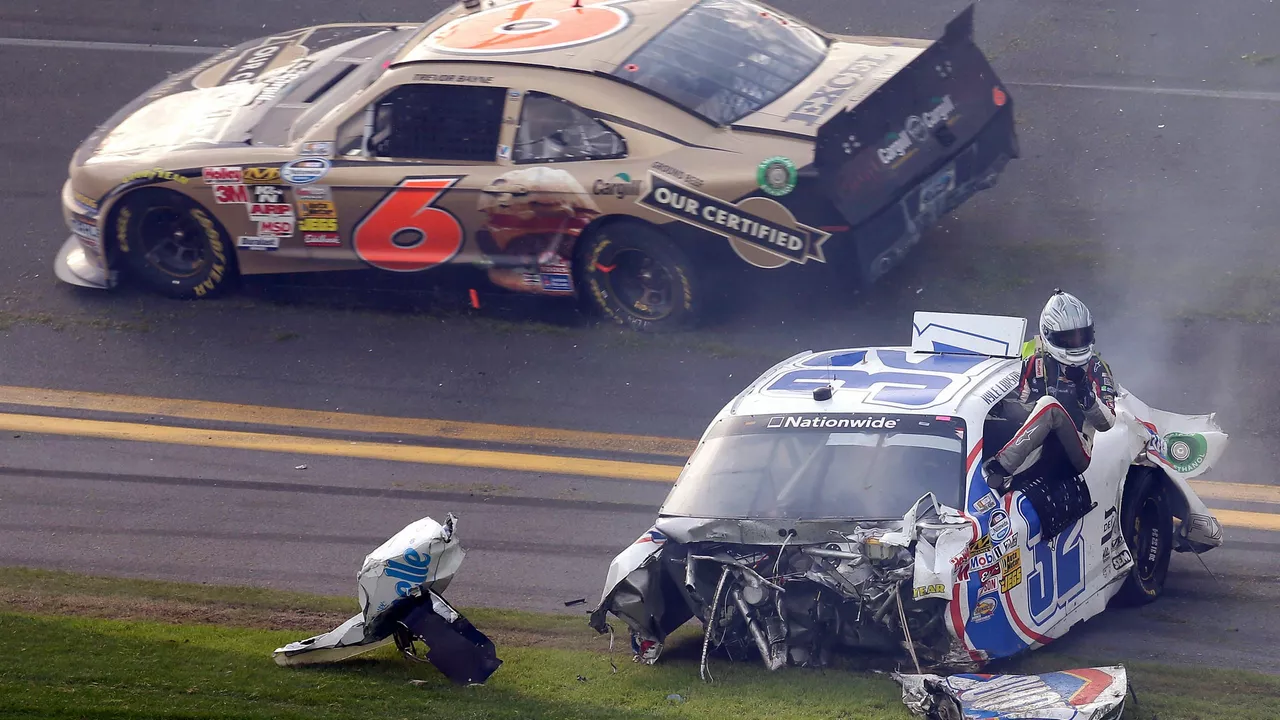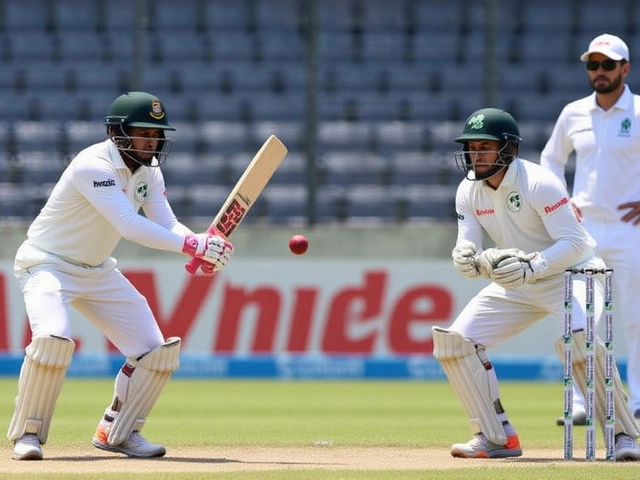Rare Accidents in Motorsport: What Triggers the Unthinkable?
Ever wondered why some crashes grab every headline while others barely get a whisper? In the fast‑paced world of racing, the majority of incidents follow a predictable pattern – tyre blowouts, driver error, or simple contact. But once in a while, a rare accident pops up that leaves fans, engineers, and even seasoned drivers scratching their heads.
Spotting the Oddball: Types of Rare Accidents
Rare accidents usually fall into three buckets. First, you have freak mechanical failures – think a sudden suspension collapse at 200 mph that no one saw coming. Second, there are bizarre environmental factors, like a sudden gust of wind that knocks a car sideways on a straight. Finally, there are human‑factor oddities, such as a driver’s sudden blackout or a miscommunication that sends a car into a wall that’s supposed to be empty.
One classic example is the 2014 Le Mans incident where a sudden rain shower turned a dry‑run pit lane into a slippery trap, sending a top‑team car into the barriers. The crew never expected rain that early, and the result was a spectacular, albeit rare, crash that forced the whole series to rethink pit‑lane drainage.
Why They Matter: Turning Chaos Into Safety
When a rare accident occurs, the immediate focus is always on extracting the driver and getting the car off the track. But the real value lies in the data that follows. Teams pull telemetry, video, and sensor logs to piece together exactly what went wrong. Those insights often lead to redesigns that make every car a bit safer.
Take the 2022 IndyCar incident where a suspension link failed without warning. The data showed an unexpected stress concentration at a joint that had passed all regular checks. The manufacturer responded by reinforcing that joint across the entire fleet, preventing future surprises.
For fans, rare accidents can be unsettling, but they also spark conversations about safety standards, emergency response, and the importance of continuous engineering review. It’s a reminder that motorsport isn’t just about speed – it’s a living laboratory where every crash, however rare, teaches us something new.
So, what can you do if you’re a budding driver or a hobbyist looking at these stories? First, never ignore any odd sound or feeling from your car – even a minor vibration could be a precursor to a bigger problem. Second, keep an eye on weather updates and track conditions; a sudden change can turn a routine lap into a dangerous one. Finally, always respect the safety crew and follow their directions; they’re trained to handle the unexpected.
Rare accidents are, by definition, out of the ordinary. But the more we study them, the better we become at preventing them. Whether you’re watching from the stands, working in a garage, or behind the wheel, remembering the lessons from those unlikely crashes can make the sport safer for everyone.

Why do racing cars rarely get accidents despite the high speed?
Despite their high speeds, racing cars rarely get into accidents due to a combination of factors. Firstly, professional drivers are highly skilled and trained to handle extreme speeds and difficult conditions. Secondly, these cars are specifically designed for safety, with features like roll cages, harnesses, and fire suppression systems. Tracks are also designed with safety in mind, including wide lanes and clear runoff areas. Lastly, strict rules and regulations govern the conduct of races to further minimize risk.
View More



